Washington Navy Yard
Introduction
Text-to-speech Audio
Established in 1799, the Washington Navy Yard is the oldest naval complex in the country and has served in various capacities including as a ship construction and repair site, an equipment and ordnance manufacturing facility, and a center for research and experimentation. The Navy Yard is now used primarily for ceremonial and administrative purposes and is home to several Navy organizations including the Chief of Naval Operations, the Naval Sea Systems Command, the Naval Facilities Engineering Command, the Naval History and Heritage Command, the U.S. Navy Judge Advocate General's Corps, the Marine Corps Institute, and the United States Navy Band. The Navy Yard is also home to the National Museum of the United States Navy and the Cold War Gallery, which is a part of the museum. Numerous buildings of historical significance are located here as well including the famous Latrobe Gate on the Yard's north side.
Images
The Washington Navy Yard is the oldest naval facility in the nation. It was established in 1799 and has remained in continuous use ever since, although its size and role changed over time.
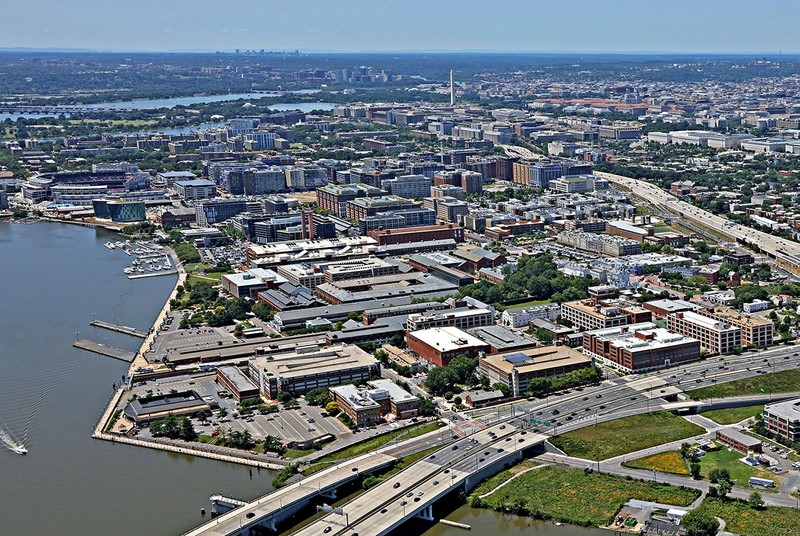
The Navy Yard is located along the Anacostia River.
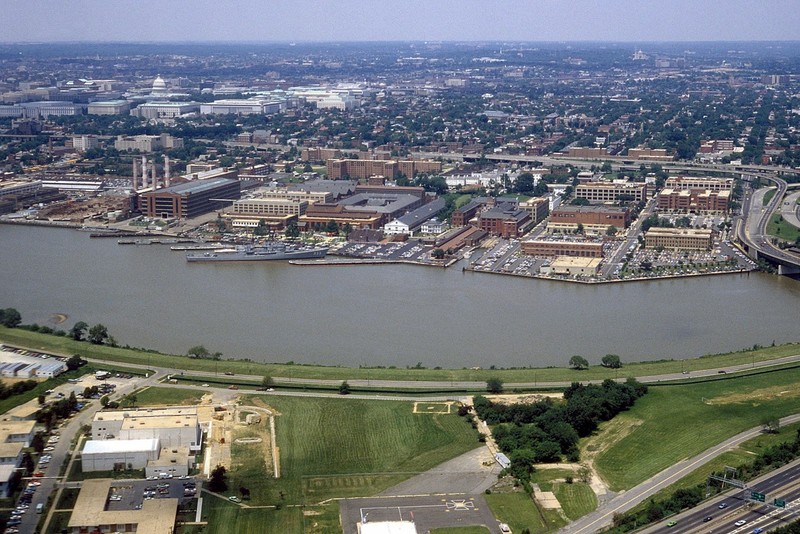
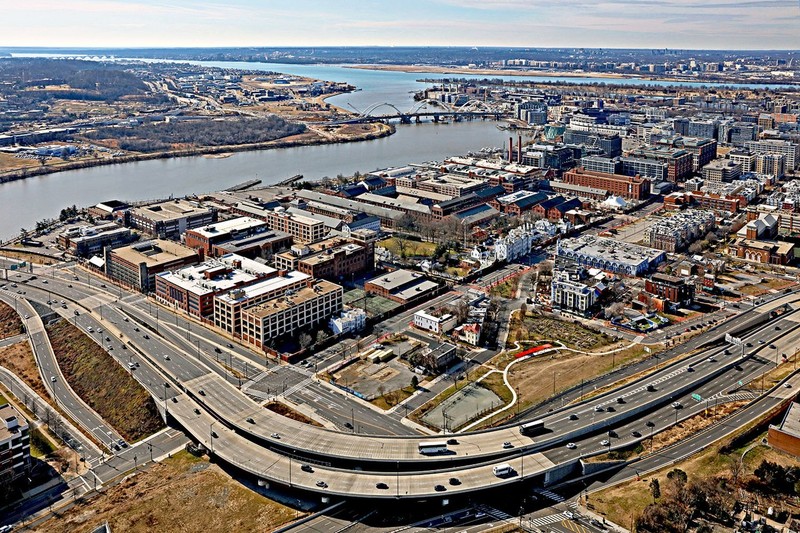
The Navy Yard as it appeared about 1867.
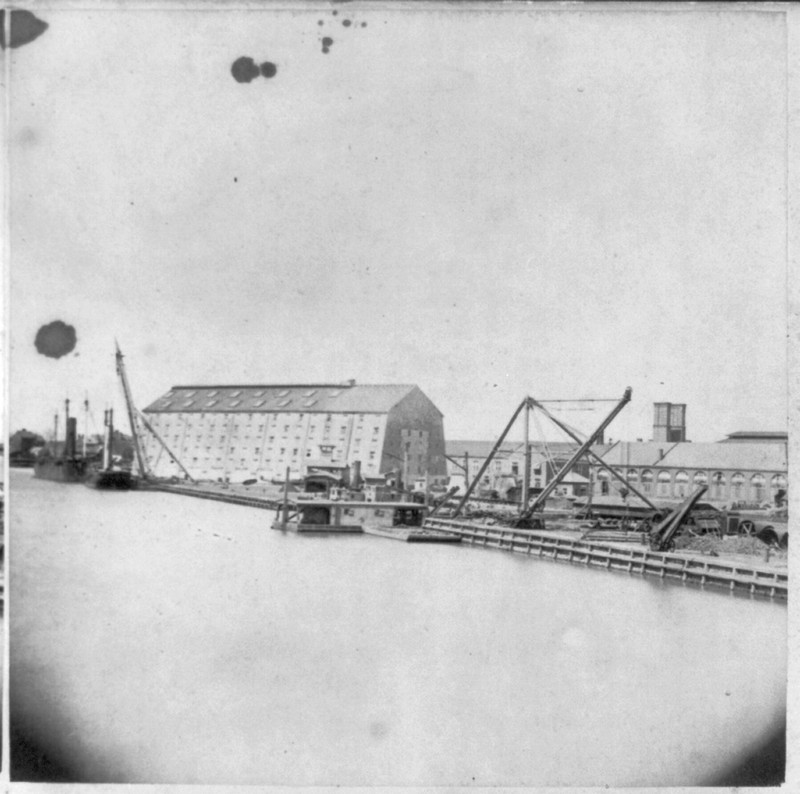
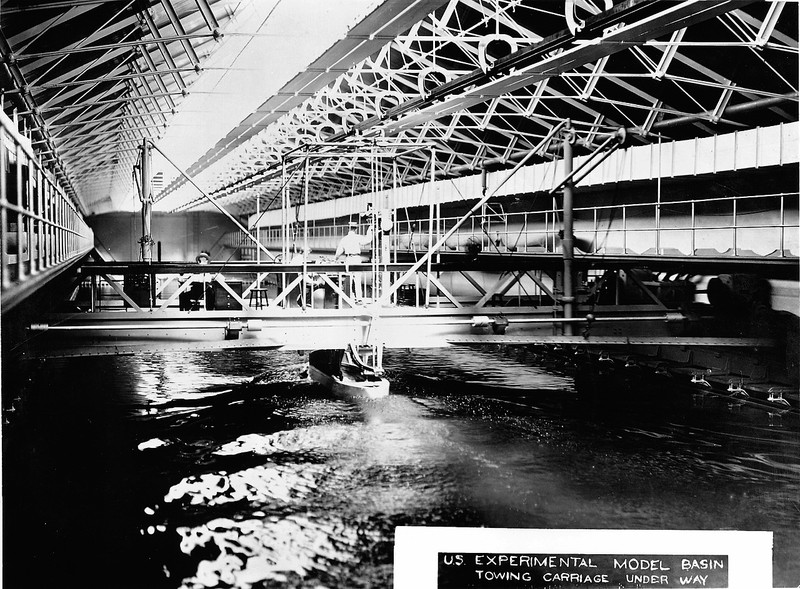
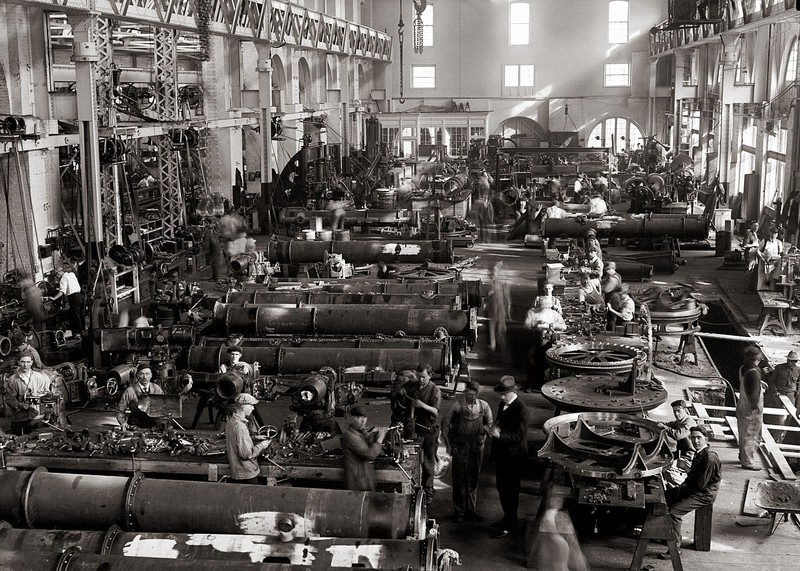
The Latrobe Gate was built in 1806.
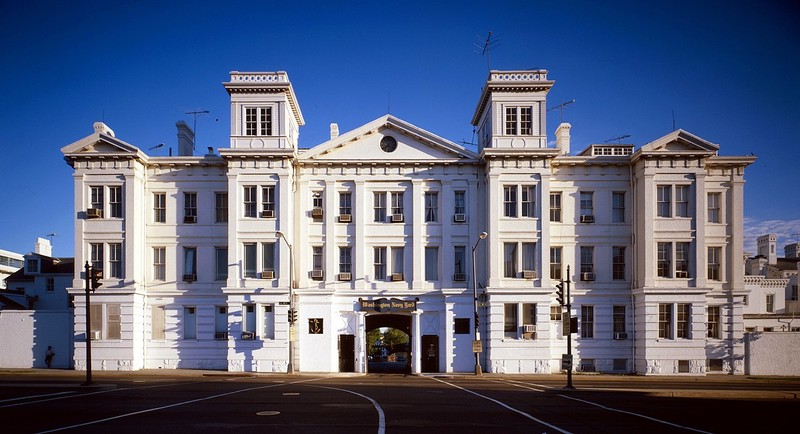
Backstory and Context
Text-to-speech Audio
The Navy Yard was established on October 2, 1799 after about a year of lobbying by the Secretary of the Navy Department, Benjamin Stoddert, who recognized the need for the construction of ships and drydocks. He chose Washington D.C. as the location of the new yard for its close proximity to a ready-supply of timber and shipbuilding materials, it appeared safe from attack, and it could be easily monitored by the government. The development of the yard was slow at first but construction and shipbuilding activity got readily underway in 1805. In the following years, the yard became the center of the country's naval operations and an important economic driver for the city. As a result, it was a major target for the British during the War of 1812 when they almost destroyed it.
The Yard was rebuilt but shipbuilding activity decreased since it made more sense to build ships closer to the ocean. In 1827, the Navy decided the Yard would be better used as a research and equipment manufacturing facility. These activities had already been occurring. One development took place five years earlier when the first marine railway (to haul ships out of water) was built. Further developments occurred under the direction of Lt. John A. Dahlgren, who arrived in 1847 to lead the ordnance production. He invented a new type of cannon that was named after him. They later proved extremely effective for the Union in the Civil War. The Navy Yard officially became an ordnance manufacturing facility in 1886, specializing in large guns and in training personnel how to use them. In 1896, a model ship basin was built to test ship designs in water. Three years later, the first working submarine was tested and later accepted by the Navy. Improvements were also made in guns, gun sights, and fire control equipment.
Activity at the Navy Yard decreased substantially after World War I as a result of treaties that limited naval armament, but operations increased beginning in the early 1930s after the treaties expired and Franklin D. Roosevelt was elected president. During World War II, research and development continued but the Yard was also used for repairing damaged ships. It also became a coordinating agency for naval ordnance plants. In 1945, it was renamed as the United State Naval Gun Factory" and then the "Naval Weapons Plant" in 1959. However, by the early 1960s, it became clear that there was no longer a need for large guns as naval warfare shifted to aircraft carriers and submarines. As a result, the gun factory closed.
The Navy Yard gradually transitioned into a ceremonial and administrative center over the next few decades. The National Museum of the Navy opened to the public in 1963. The Cold War Gallery is located in the model ship basin building and features exhibits exploring the Navy's history from the Korean War to the Vietnam War, and covert submarine operations during the Cold War. The Navy Yard was listed on the National Register of Historic Places and designated a National Historic Landmark District in 1973.
The Latrobe Gate was designed by English-born architect Benjamin Henry Latrobe (1764-1820), who designed the United States Capitol building. Built in 1806, the gate is one of the oldest examples of Greek Revival architecture in the country and one of the first built at the Navy Yard. When the British invaded Washington and burned the city during the War of 1812, the gate was one of the buildings left unscathed. Numerous prominent figures have passed through the gate including King George IV and Queen Elizabeth in 1939.
Cite This Entry
M., Ben and Clio Admin. "Washington Navy Yard." Clio: Your Guide to History. November 28, 2022. Accessed April 22, 2025. https://theclio.com/entry/159300
Sources
Adams, George R. & Ralph, Christian. "Washington Navy Yard." National Park Service - National Register of Historic Places Nomination Form. August 14, 1973. https://npgallery.nps.gov/GetAsset/ae77bd92-615b-400e-b027-a410ab7a5e0c.
"Latrobe Gate." Naval History and Heritage Command. Accessed November 22, 2022. https://www.history.navy.mil/content/history/museums/nmusn/explore/photography/washington-navy-yard/latrobe-gate.html.
"Washington Navy Yard." Naval History and Heritage Command. Accessed November 22, 2022. https://www.history.navy.mil/content/history/museums/nmusn/explore/photography/washington-navy-yard.html.
"Washington Navy Yard." Naval Facilities Engineering Systems Command. Accessed November 22, 2022. https://www.navfac.navy.mil/Business-Lines/Environmental/Products-and-Services/Environmental-Restoration/Washington/Washington-Navy-Yard.
All images via Wikimedia Commons: https://commons.wikimedia.org/wiki/Category:Washington_Navy_Yard

